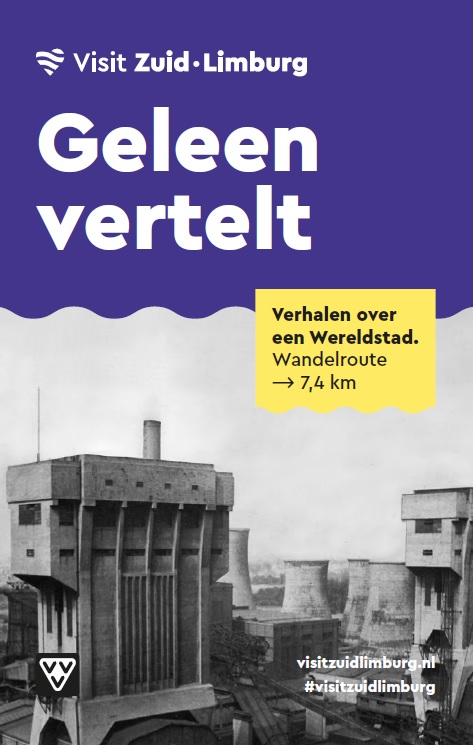People from Geleen (Geleners) and elsewhere often refer to their town as a wereldstad, or metropolis. How come? Geleen as we know it today underwent rapid growth. No sooner had they dug coal out of the ground, than whole streets of retail establishments, high-rise buildings and a football stadium were appearing above the ground. In the era of the mines, there seemed no end to Geleen’s growth.
Find out about the stories behind the ‘metropolis’ yourself along the mineworkers trail, ‘Geleen recalls’.






